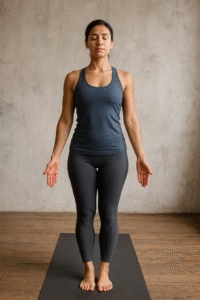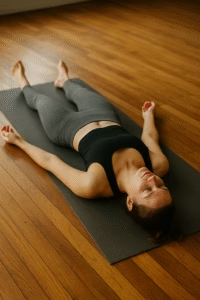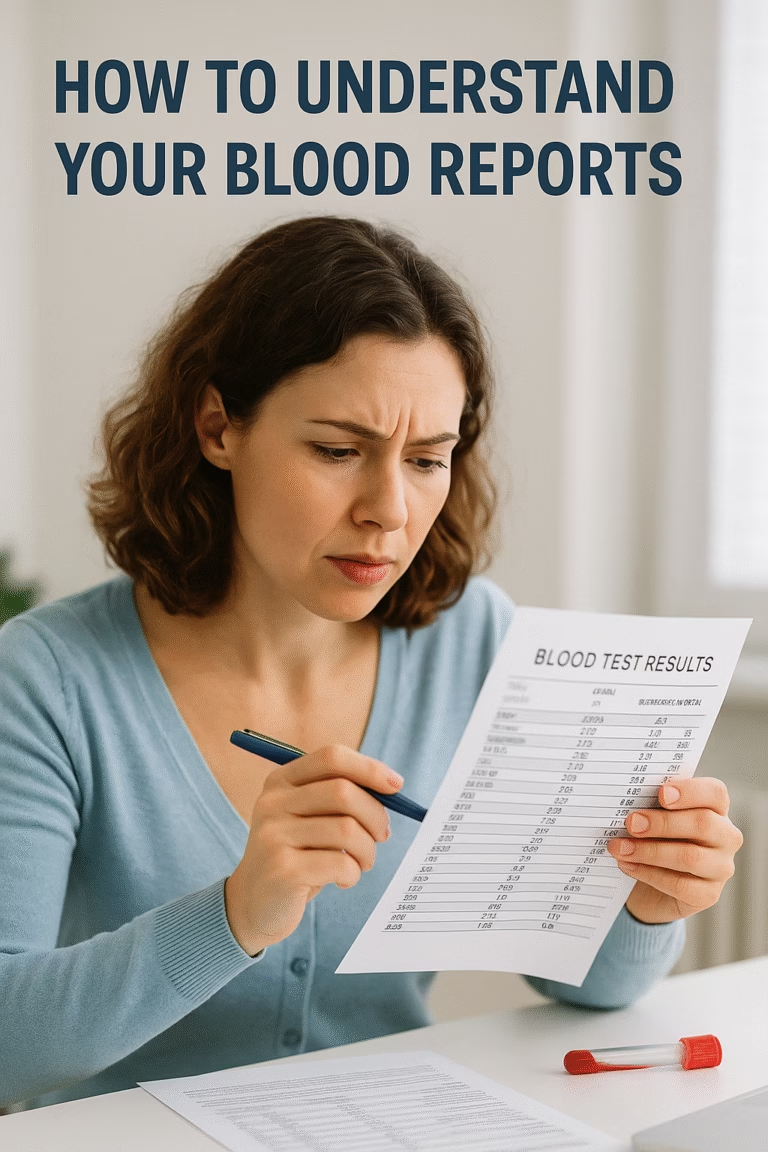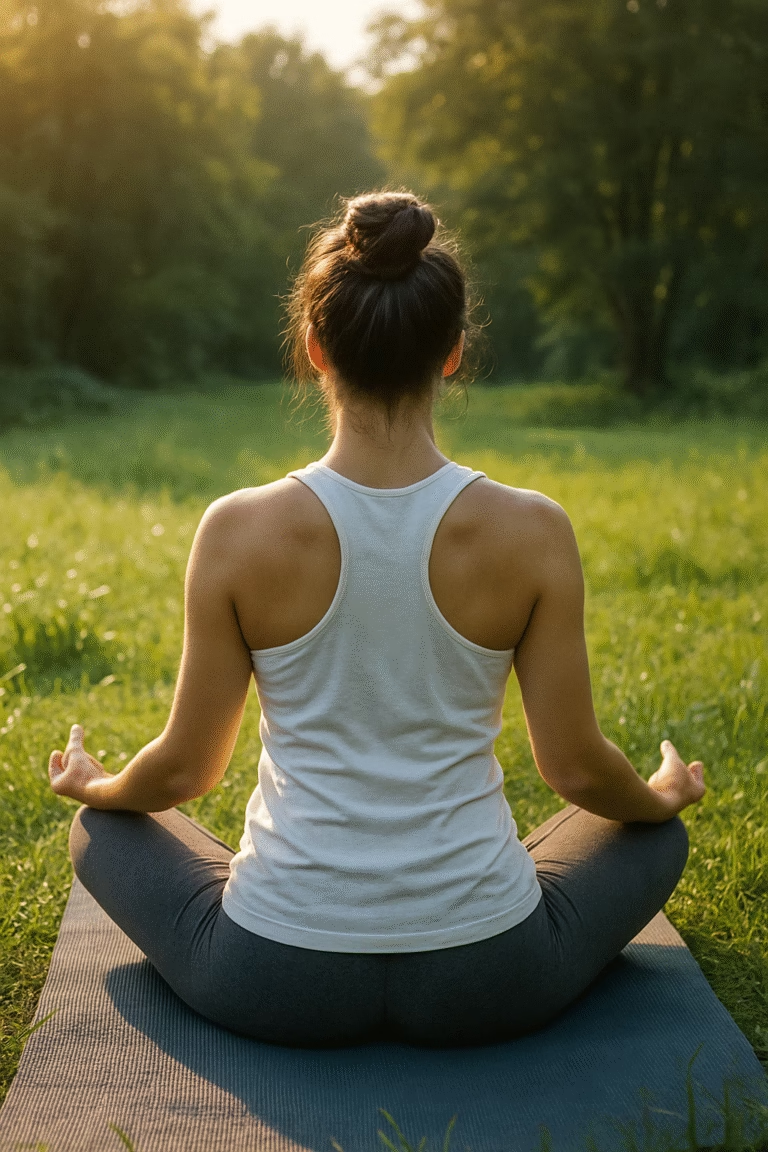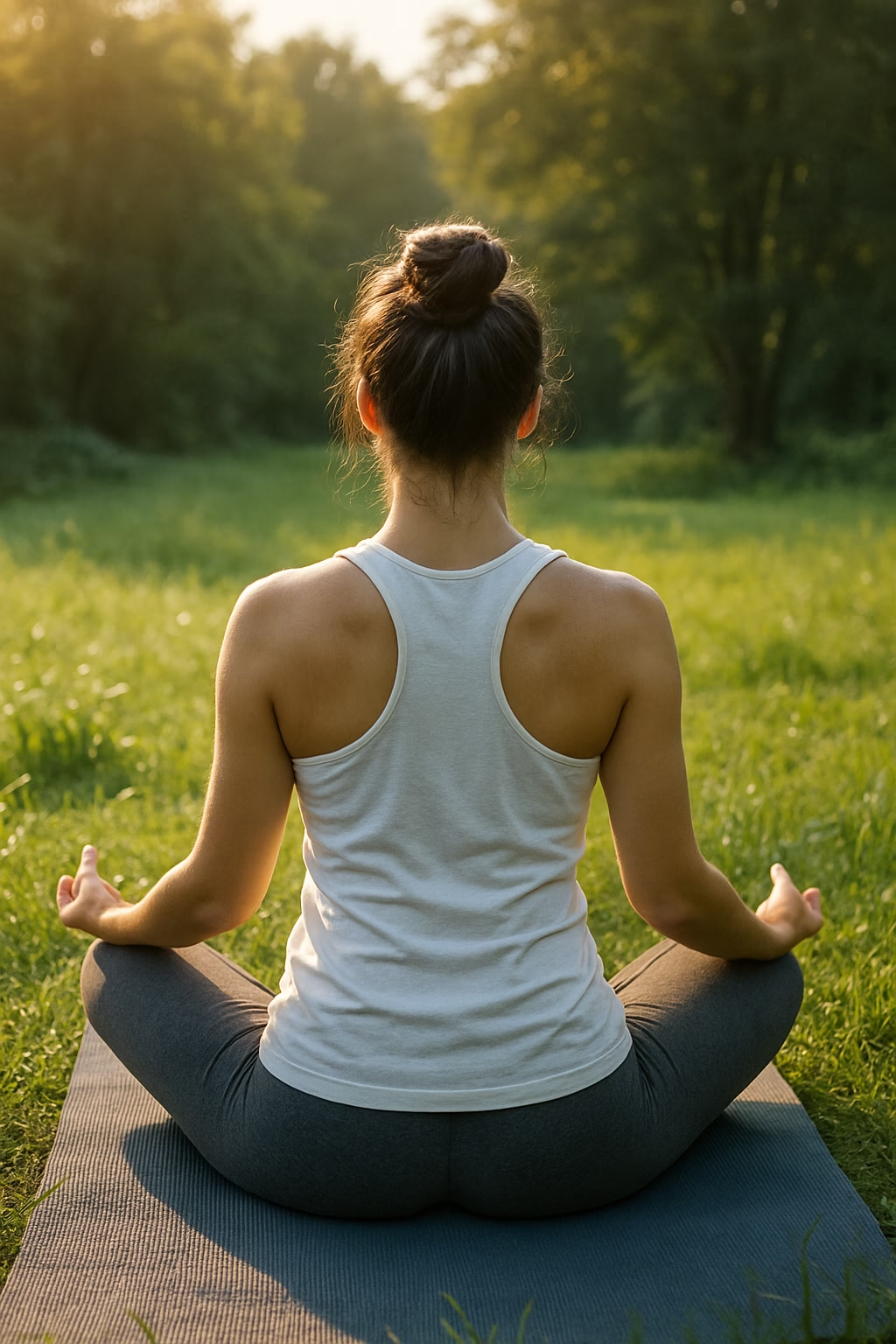
Do you feel mentally and physically exhausted at the end of the day? Dedicating just 20 minutes a day to yoga can help clear your mind and leave you feeling refreshed. Yoga creates a balance between our mind and body through concentration, helping us reduce stress, anxiety and boost our energy levels. This article discusses the top yoga asanas that will help to maintain both physical and mental well-being.
Benefits of practicing yoga
Here are some key benefits you can experience through daily yoga practice:
- Yoga helps you relax and improve your sleep quality.
- It helps to manage stress and cultivate a more positive mood.
- It improves strength and flexibility.
- Yoga helps to improve concentration and memory.
- It promotes good posture and body awareness.
Best yoga asanas to try
Yoga asanas are physical postures used to practice yoga. Here are some yoga asanas that you can practice daily to improve your overall well-being.
Tadasana (Mountain pose)
The word ‘tada’ means mountain in Sanskrit, and hence the name mountain pose. This asana is known as the mother of all asanas since most of the asanas start from this pose. When done with deep concentration and mindfulness, tadasana helps you attain the stability of a mountain.
How to do Tadasana:
- Stand tall with your feet together
- Press your feet firmly onto the floor
- Straighten your spine
- Relax your shoulders
- Let the arms rest
- Breathe slowly and naturally
Benefits of Tadasana:
- This yoga asana helps to strengthen the muscles and joints.
- It helps to concentrate better and reduce stress and anxiety.
- It also helps to improve posture and circulation.
Vrikshasana (Tree pose)

In Sanskrit, the word ‘Vrksa’ means tree. The pose vrikshasana resembles a tree; the one leg on the floor represents the roots of the tree, the hands above as branches, and balancing the body in an upright position as that of a tree. Hence, it takes immense concentration to stabilize our body like a tree.
How to do Vrikshasana :
- Stand on one leg after doing tadasana
- Place the other foot on the thighs
- Engage your core
- Bring the hand to the heart or overhead level
- Gaze forward and breathe slowly
Benefits of Vrikshasana:
- This pose improves concentration and brings balance and equilibrium to our minds.
- It improves balance and strengthens the legs.
- It helps people suffering from sciatica.
Bhujangasana (cobra pose)

The bhujangasana pose resembles that of a snake( maybe a cobra), hence the name cobra pose. This pose is usually done as a beginner-level asana, but some people find it difficult as a beginner. Bhujangasana helps regulate energy flow in the body and promotes mindfulness.
How to do Bhujangasana :
- Lie on your stomach
- Place palms under the shoulders
- Lift your chest
- Spine using back and arm muscles
- Roll your shoulder back and gaze upwards
- Breathe deeply
Benefits of Bhujangasana :
- It helps with lower back pain.
- Increases flexibility.
- It reduces the effects of asthma.
- It also increases arm strength.
Balasana Yoga (child pose)
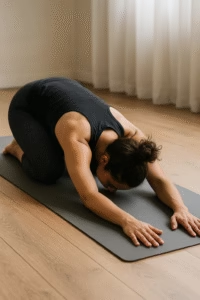
Bala means child in Sanskrit; the pose is considered a cooling pose since it is done by students to get their heart rate to normal. It brings a sense of relaxation to breathing, creating a connection between body and mind.
How to do Balasana yoga:
- Kneel and sit back on your heels
- Exhale and fold your body to the front, bringing the chest to the thighs
- Stretch your arm forward
- Rest the head on the mat
- Breath slowly
Benefits of balasana yoga:
- Lowers the blood pressure.
- Enhances blood circulation.
- Relaxes the nervous system.
- Reduced lower back pain.
Savasana (Corpse pose)
The name savasana is derived from the word ‘sava’, which means corpse in Sanskrit, and it is performed as a final asana, like surrendering the body to the ground to refresh and relax our body. Hence, it is considered a great practice to recover our bodies after an intense workout.
How to do savasana:
- Lie flat on your back and let your arms and legs rest comfortably.
- Close your softly.
- Keep your palms open and face it upwards.
- Allow your body to relax by breathing in and out slowly.
- Let go of all the tension and lie still.
- Stay in this pose for a few minutes.
Benefits of Savasana:
- Savasana helps to improve concentration and mental clarity.
- It helps to maintain mindfulness.
- It helps to reduce stress and anxiety and improve sleep quality.
Conclusion
Yoga is not just about stretching your body but also about calming your mind. Including yoga in your daily life, at least for a few minutes, can make a big impact on both your physical and mental health. Yoga explains that true strength doesn’t come from a good physique but from calmness and peacefulness. Hence, taking a small step each day can make a big difference.
Frequently asked questions
What is the best time to practice yoga?
Yoga is usually performed in the early morning before breakfast, but you can also do yoga any time, just make sure that it is 3 to 4 hours after a meal.
Do I need special equipment for yoga?
No, doing yoga doesn’t require any fancy equipment; only a smooth floor and a yoga mat are needed. Loose-fitted clothes are always preferred for doing yoga.
Should I avoid doing yoga if I’m injured or unwell?
If you have any health conditions or are injured, it is advised to consult a doctor before performing any yoga asanas.
How soon will I see results from yoga?
Physical fitness, improved flexibility, strength, and better sleep can be observed after a few weeks of performing yoga daily. As for mental peace and wellness, some people can feel it from the first session.
How long should I practice yoga every day?
Noticeable results can be observed even from 15 to 20 minutes of daily practice. As for the case of yoga, consistency is more important than the duration.
Is yoga the same as exercise?
Yoga is not the same as exercise. Yoga focuses on relaxation, breathing, and mindfulness, which makes it different from exercise.
Discover more from The Vigyan Chronicles
Subscribe to get the latest posts sent to your email.
